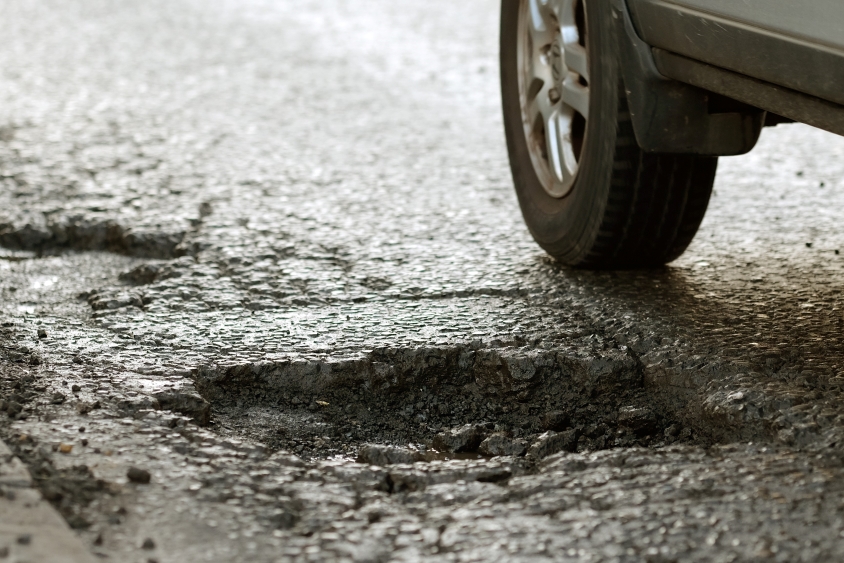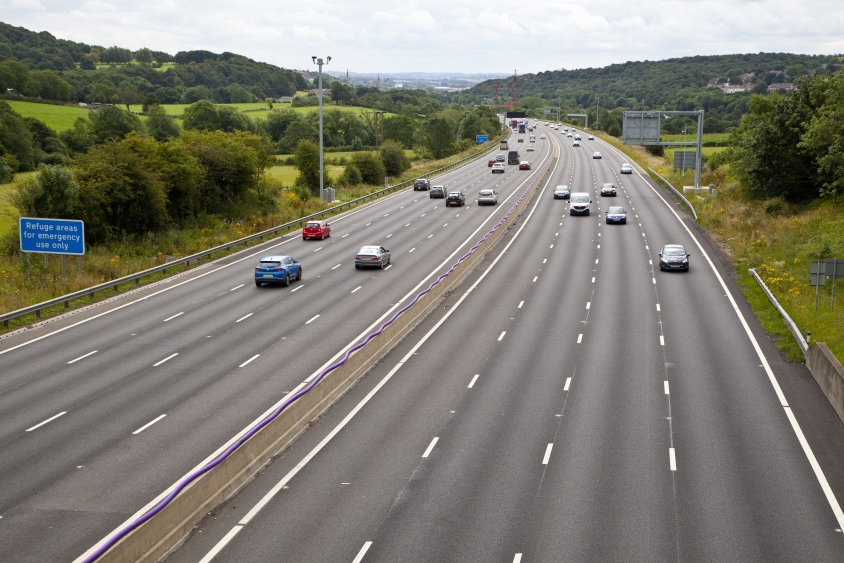Most drivers in the UK would be happy to continue paying the same amount of fuel tax if the money raised was invested in fixing potholes and maintaining the country’s roads, according to research by the RAC.
On the eve of the government’s next Budget on March 11th, the breakdown recovery firm published a survey of 3,200 motorists indicating that road quality is a big issue for people across the country.
Reinvestment to help improve roads
Past research by the RAC has shown that vehicle breakdowns caused by potholes increased by a fifth in the last three months of 2019, compared to a year earlier. Holes in the road can cause damage to tyres, suspension and other vital vehicle components.
This is clearly a big concern for many drivers, with 59 per cent of respondents to the latest survey saying they would be happy for the government to keep fuel duty at its current level and reinvest 2p from every litre of fuel sold back into the road network.
Only 26 per cent of people said they would rather see fuel tax reduced, while ten per cent were in favour of an increase.
Nicholas Lyes, head of policy at the RAC, noted that the government’s plans for fuel duty always prompt a lot of discussion before any Budget, and this year is no different.
He added: “With one of the wettest February’s ever recorded fresh in the minds of so many motorists, we’re concerned we’re on the verge of yet more pothole misery if action is not taken soon.
“We believe the only hope for getting the UK’s local roads up to a standard fit for the 21st century is by ring-fencing a small proportion of the tax drivers already have to pay every time they fill up.”
You can reduce the risk of your vehicle sustaining damage from potholes by driving carefully and also by making sure vital parts of your car – like the tyres and suspension – are always in good condition.
With MyService.Expert from Fuel Card Services, you can save money on servicing and maintenance at thousands of garages up and down the country.





